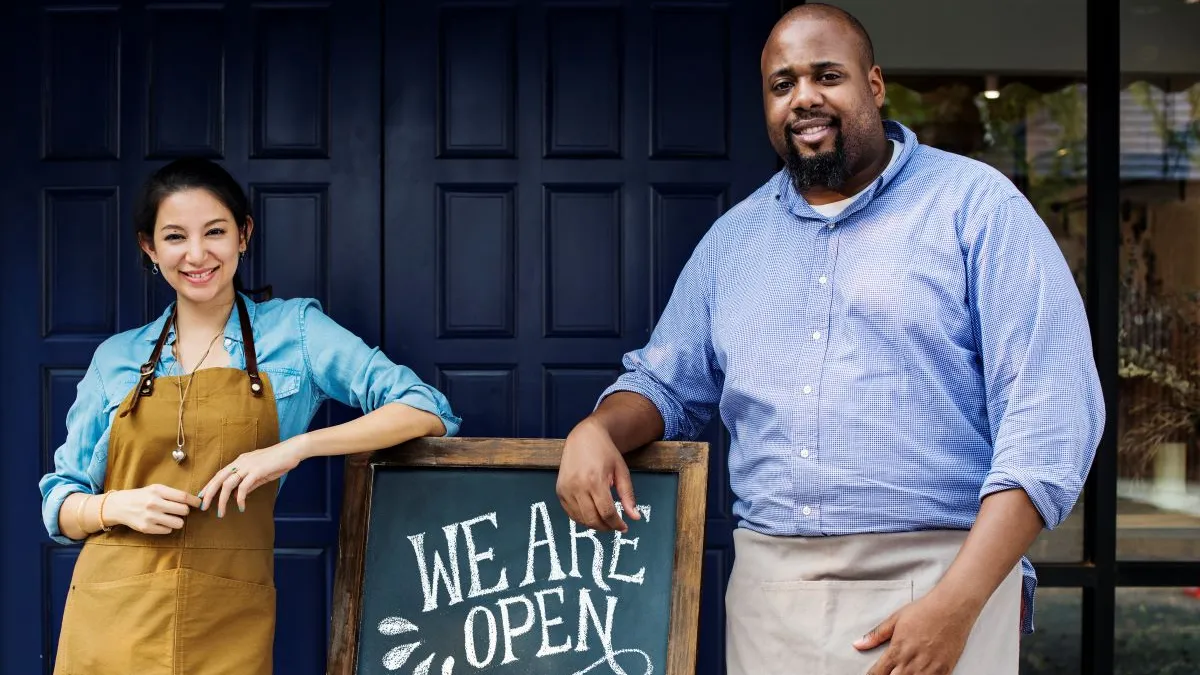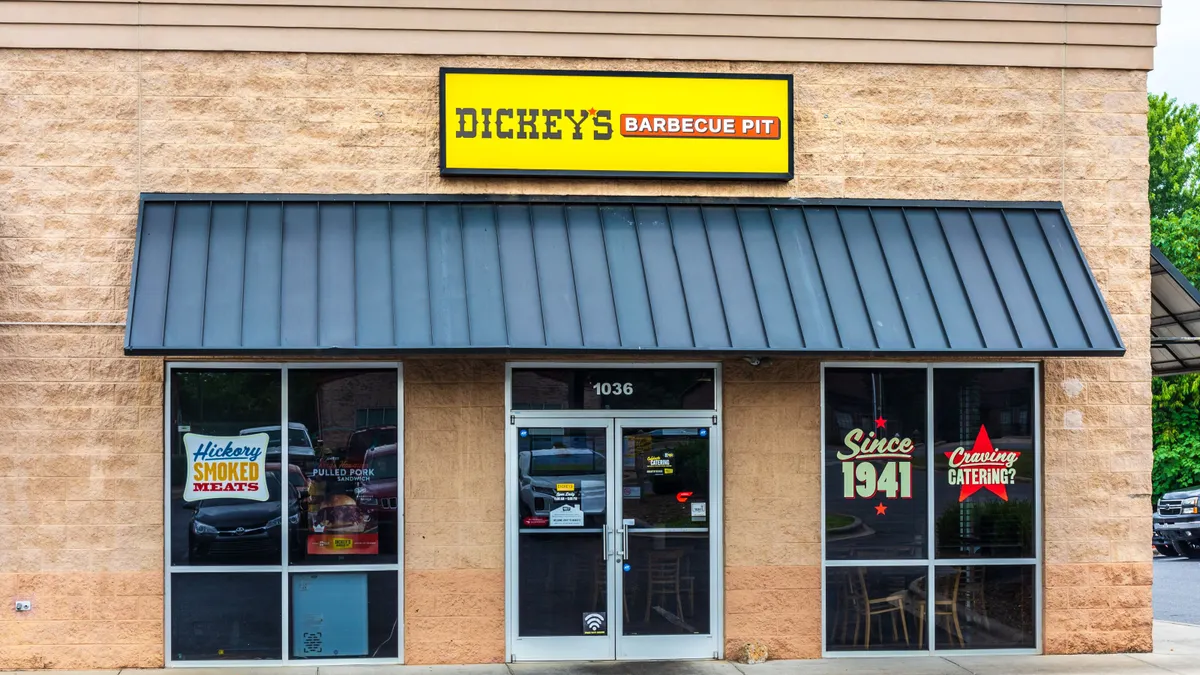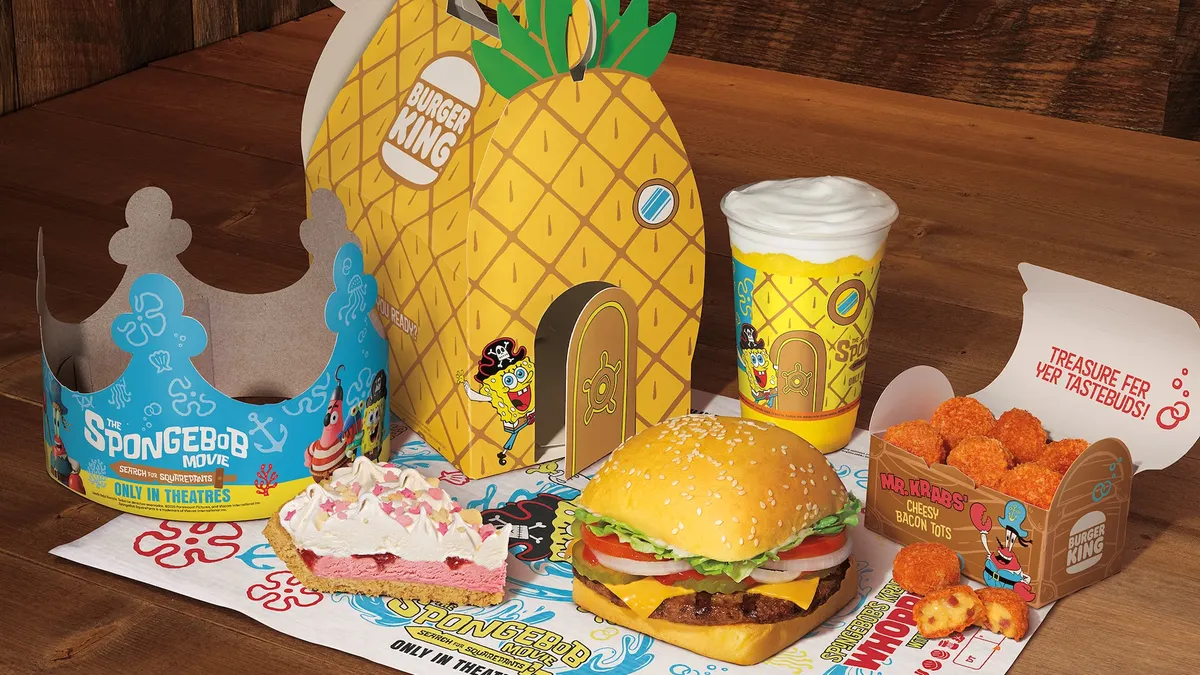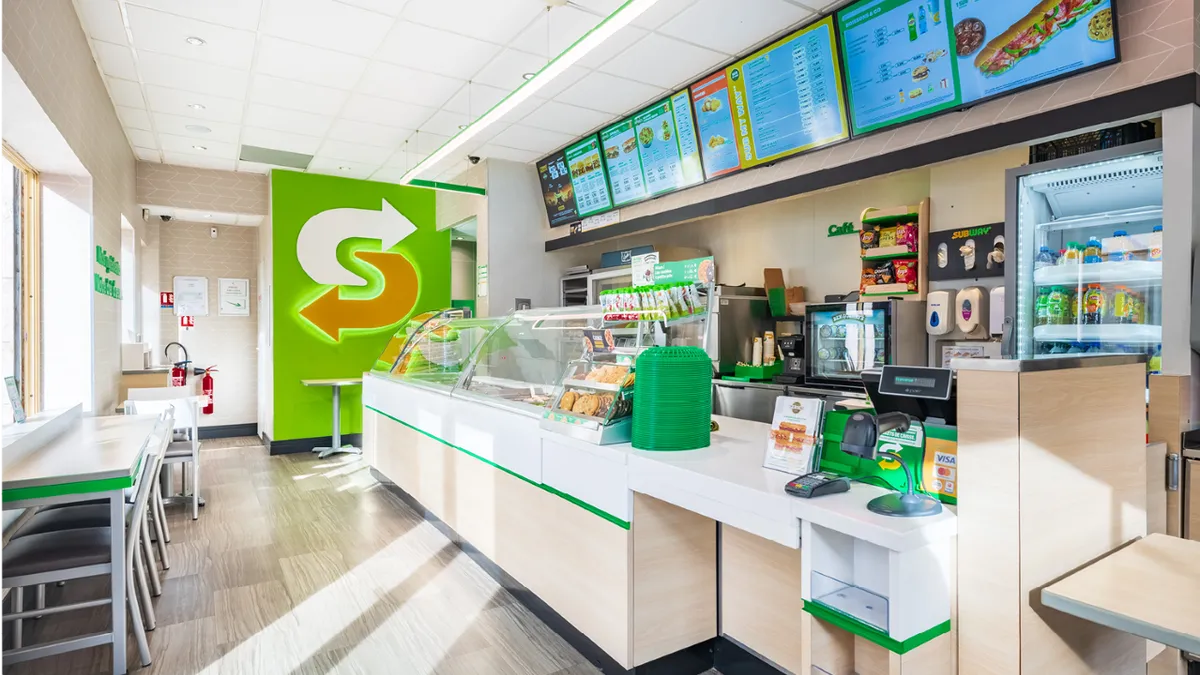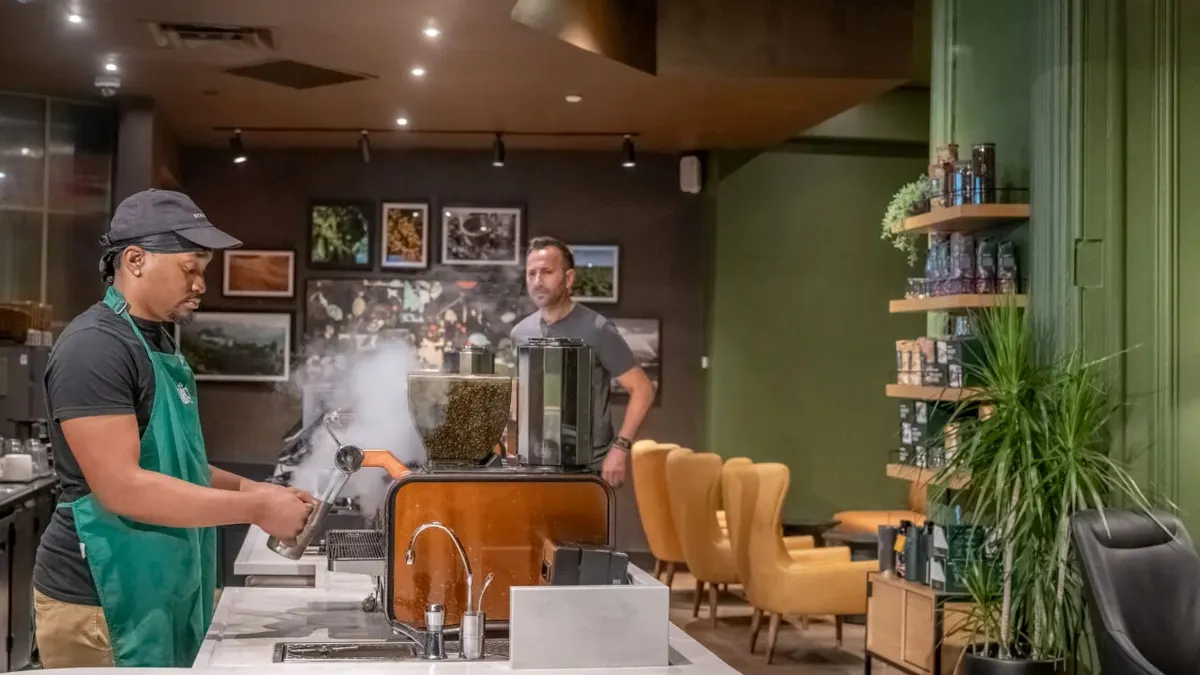Excitement and opportunity accompany opening day of a new restaurant, as its restaurateur finally sees their vision play out to the world. However, ensuring success during that grand opening requires months, or even years of labor, planning and preparation.
A successful grand opening takes more than serving an excellent plate of food to customers, experts say. It requires time to properly train employees, a soft launch, a lot of research, and making sure customers actually walk through their doors on day one and return the days and weeks after.
“Great signage, media coverage, influencer buzz, social media marketing, and digital ads can all go a long way in driving business during the first days or weeks of a new restaurant,” said Ryan Goff, executive vice president and chief marketing officer at restaurant management agency, MGH, in an email.
So does ensuring they are adequately staffed up and prepared.
“Underpreparation can kill a grand opening,” said Goff. “It’s always better to be overstaffed, overprepped, and to be ready for the best case scenario of lines out the door.”
That hard work before the grand opening is critical, because once a restaurant opens for business, there’s no do-overs, said Rick Camac, executive director of industry relations at the Institute of Culinary Education, in an email.
“It’s like a Broadway play. No such thing as a bad day,” he said. “Quality and consistency day in and out.”
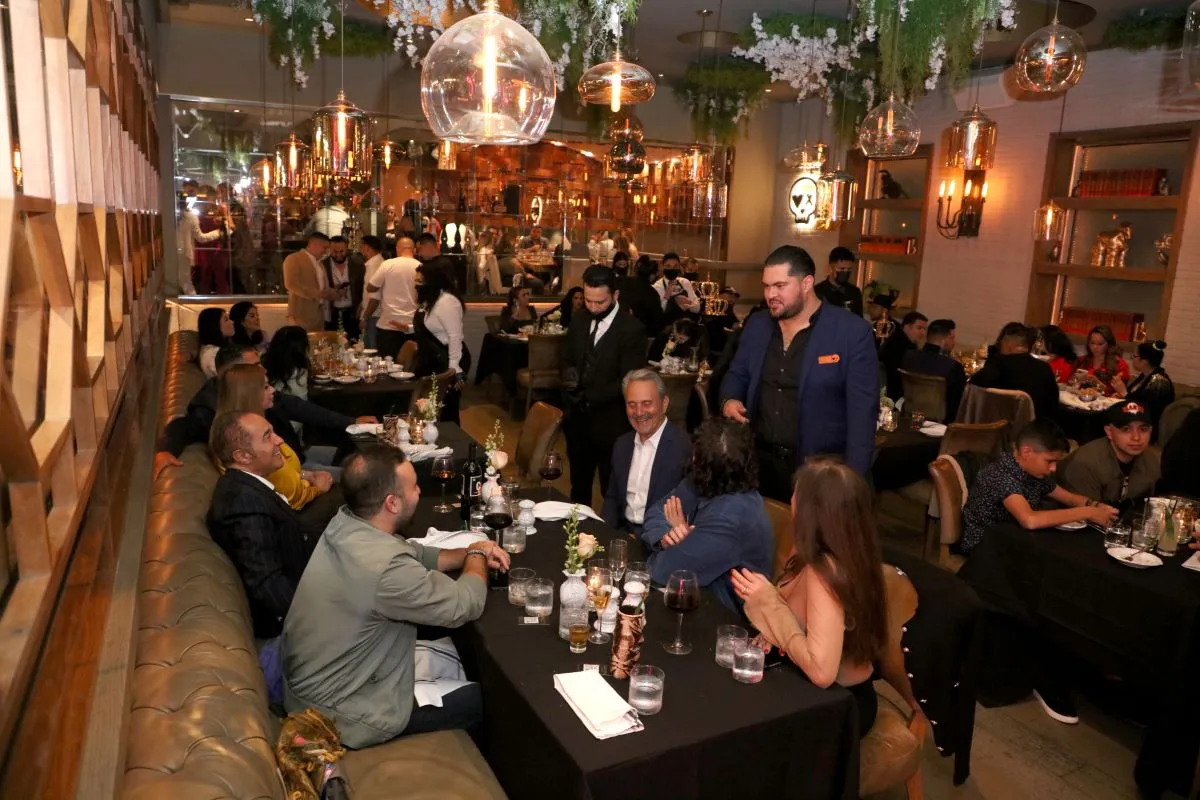
Know who your customers are
Restaurants should take the time needed to do their homework on their desired demographic so they can create a menu that caters to them, said Camac.
Such research should involve driving the routes customers would travel to get to the restaurant and figuring out where they work, where they eat and what they do, said Goff.
“Learn who they’re influenced by,” said Goff. “And really try to put yourself in their shoes so that you know how to best reach and influence them.”
Restaurants should be ready to collect hard data that would allow them to improve operations after opening, said Katherine Pendrill, senior manager of content marketing at POS system software company, TouchBistro.
Such data can come from a POS system that tracks sales and average spend to forecast future sales, makes operations more efficient, cuts back on food waste, and finds ways to improve bottom lines, said Pendrill. She said operators can use reservation systems to send customers post-dining surveys to learn how to improve.
Taking extra care in guest experience is especially crucial for fine dining restaurants — which need to pay attention to everything from adjusting the music volume to the right level to how staff greet guests when they arrive, said Pendrill.
Quick-service restaurants need to pay extra attention to speed of service by potentially fine-tuning takeout processes or implementing self-serve technology, such as kiosks, she added.
Train your employees
Restaurants can prepare freshly trained employees through “practice, practice, practice,” said Camac.
Owners need to hire experienced managers who are patient trainers and provide their staff with all the tools they need to get the job done, Camac said. He said that means laying out the steps of service, providing menu descriptions and allergy information, proper dress attire and explaining how to carry trays or properly serve guests.
Pendrill said training staff on how to both use and troubleshoot the POS system is also “essential to smooth service on opening day.”
Employee handbooks and training manuals can be helpful for restaurants of all sizes — providing staff with a reference point on the venue’s values, policies, responsibilities, restaurant tech and more, said Pendrill.
Most importantly, said Goff, restaurants need to give newly trained employees time.. He said that means launching “softly and slowly, and be on the ground floor with them.”
Give employees enough time to learn the product, be there every step of the way to show leadership and set an example, Goff said.
It’s hard to find the right talent, and equally hard getting them fully trained quickly, said Goff. But “jumping the gun and opening before they’re ready can doom a restaurant’s fate before it’s been given a chance.”
Hold a soft launch
Soft openings and pre-opening events can help build excitement for the eventual grand opening and build awareness about the restaurant’s existence through word of mouth, said Goff.
They can also allow restaurants to test their menu and train their front-of-house staff internally for at least a month before opening, Camac added. That means holding events for a few friends and family, and potentially an industry night, allowing owners to get friendly feedback.
A soft opening will act as a trial run for a new venue, giving them a chance to work out some of the kinks in advance to the grand opening, said Pendrill. And, since it’s usually invite only, she said restaurants can bring in friends, family and other operators who can offer their advice and perspective on what needs improving ahead of the grand opening.
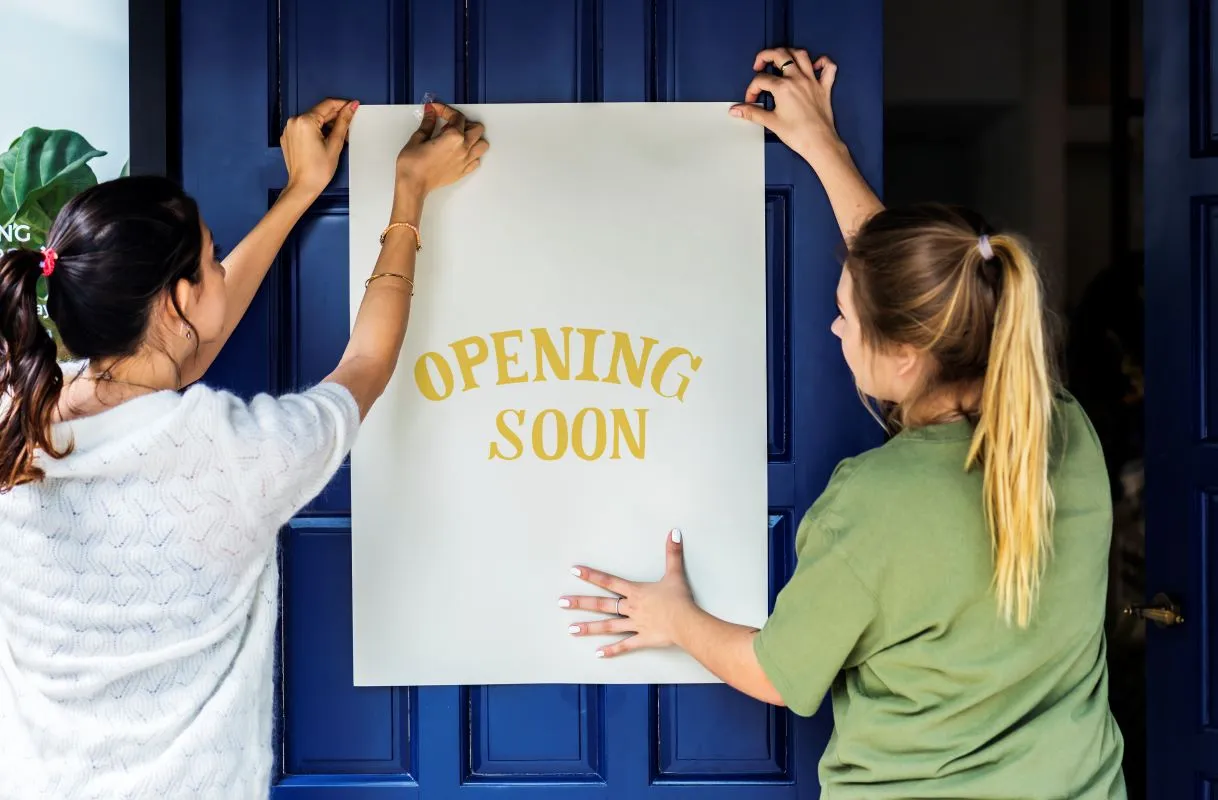
Get the word out
According to TouchBistro’s 2024 Diner Trends Report, just 38% of more than 1,500 U.S. diners surveyed said they try a new restaurant every few months, and another 34% say they rarely try a new restaurant.
That means it’s important that restaurants get the word out about their opening through multiple channels: having a professional, mobile-optimized website ready. A Google Business profile filled out, and social media profiles on all relevant channels, said Pendrill. The restaurant should pop-up when consumers search for new places to eat in their area, she said.
“Since diners are so loyal to the spots they know, it’s extremely important to get the word out ahead of a grand opening,” said Pendrill.
Camac recommended restaurants hire a good PR company a month prior to the opening, and launch a social media and press release campaign a few weeks before.
Restaurants can also build excitement and hype around the venue early on by using the valuable real estate on the front of the building: hanging “coming soon” signage, as well as ads for sign-ups for social media or text updates so that “customers are chomping at the bit for your doors to open,” said Goff.
Sparking a buzz and repeat business
Restaurants also need to go a step further to help people learn about their opening, said Pendrill. According to the Diner Trends Report, 52% of Gen Z diners made the decision to try a new restaurant based on positive feedback over social media.
Restaurants should send out invites to local influencers to attend the grand opening, said Pendrill. If they are paying those influencers, operators should give them clear instructions about the type of content they would like to receive, she said. If they’re not paying the influencers, they should offer them free samples or other incentives that will make attending the grand opening worth their time, she added.
Owners should try to build out those media and influencer relationships during the planning phases by sending out press releases and direct messages, letting people know who they are, what their story is and what they’re planning to do, said Goff.
And once the doors are finally open, Pendrill said restaurants can ensure return visits by launching loyalty programs.
The Diner Trends Report found that most frequent diners are loyalty program members — with 47% of loyalty members dining out weekly, and 49% getting takeout or delivery with that same frequency.
That repeat business can provide reliable revenue that allows new restaurants to grow, Pendrill said.
Lastly, it never hurts for restaurants to ask patrons for support, Goff said. “Ask your earliest customers to post about you, write reviews, and tell their friends,” he said.
And during the grand opening, focus on building personal connections. “Tell your story, get to know them, thank them for their business, and tell them how excited you are to see them again,” said Goff. “It’s this personal touch that will make customers feel loyal to you and a part of your success.”


